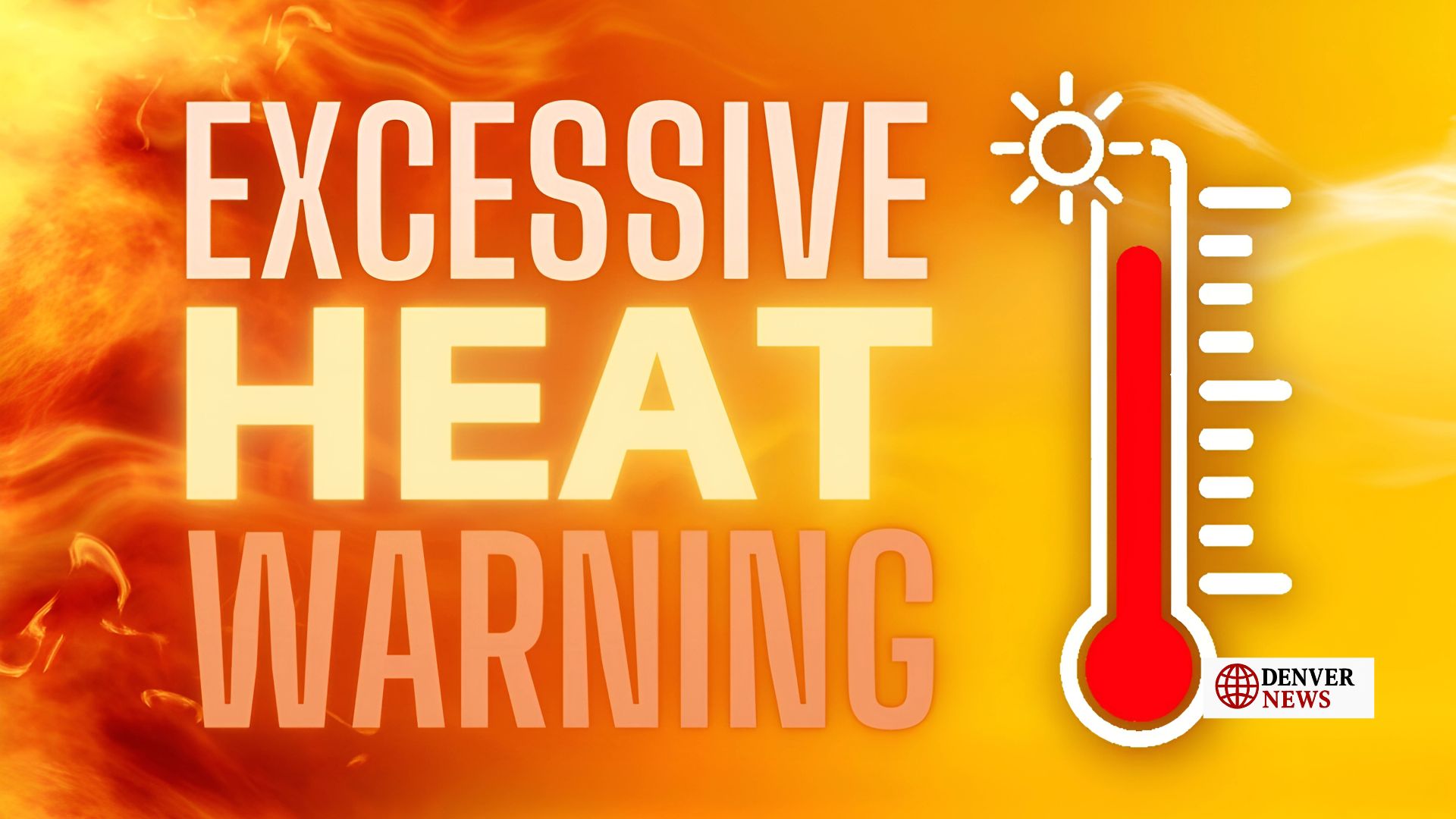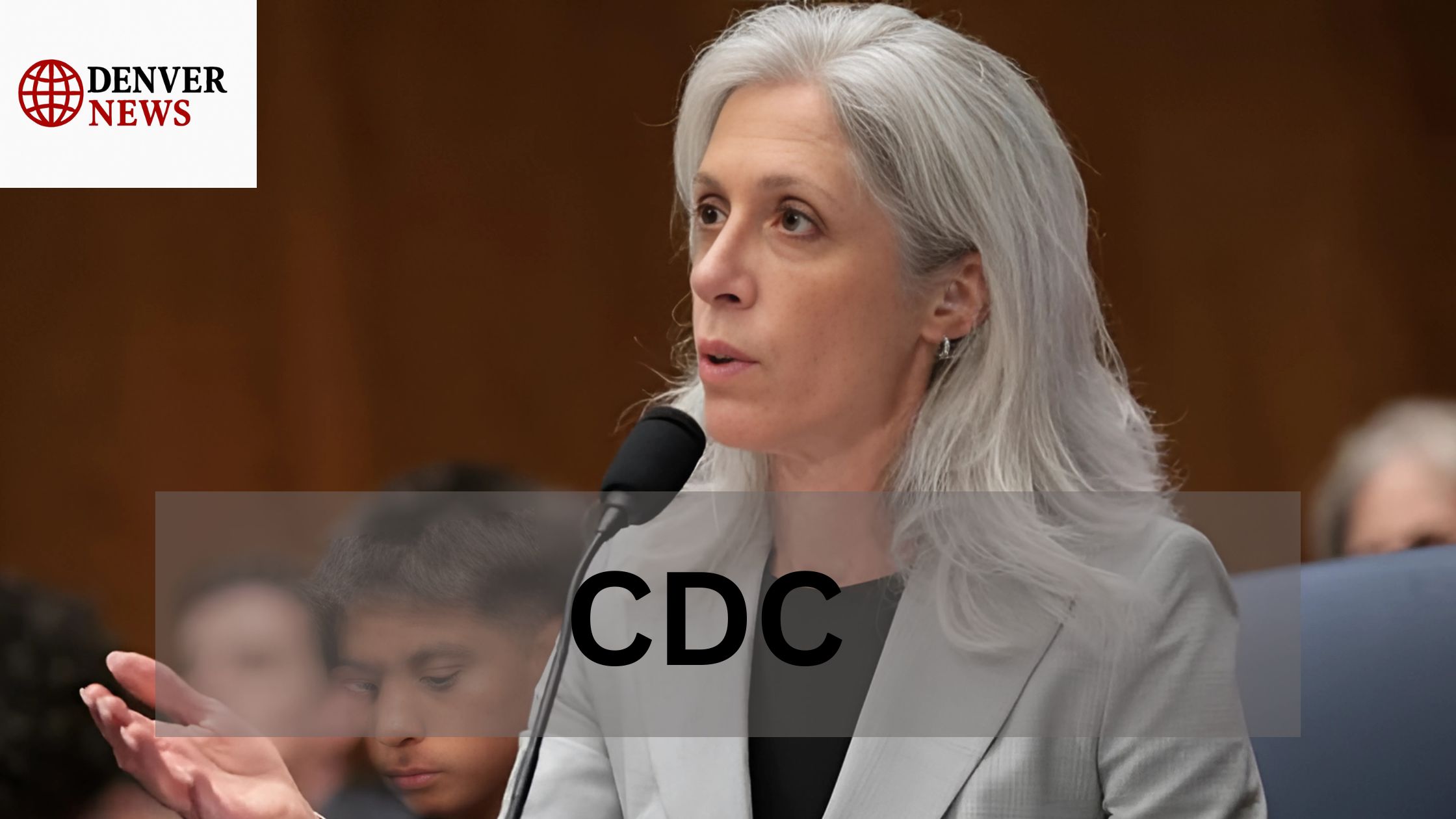Temperatures are rising—not just during peak summers but across the calendar year. From New York to New Delhi, heatwaves are becoming more frequent, more intense, and more dangerous. The question echoing across the globe is this: how hot is too hot for the human body, the environment, and the planet?
Let’s break down the rising crisis of extreme heat, its causes, and what life could look like by 2050 if urgent action isn’t taken.
☠️ How Hot is Too Hot for Humans?
According to climate scientists, wet-bulb temperature—a measure that combines heat and humidity—above 35°C (95°F) is the threshold beyond which the human body cannot cool itself efficiently. Sustained exposure to such heat can be fatal within hours, even in the shade.
We’re seeing more places across the globe approach or cross this survival limit, especially in parts of:
- South Asia (India, Pakistan)
- The Middle East
- U.S. Southwest (Arizona, Nevada)
- Australia
🔥 What’s Causing This Extreme Heat?
- Greenhouse Gas Emissions
Carbon dioxide (CO₂) and methane emissions from burning fossil fuels are trapping heat in Earth’s atmosphere. - Urbanization
Concrete, asphalt, and reduced green cover turn cities into heat islands, increasing localized temperatures. - Deforestation
Trees naturally cool the air through transpiration. Cutting forests accelerates warming. - Climate Change Feedback Loops
Melting ice reduces Earth’s reflectivity, absorbing more heat and speeding up global warming.
📈 The Alarming Projections for 2050
According to the IPCC and NASA data models:
- Average global temperatures could rise by 1.5°C to 2.4°C
- 1 in 3 people on Earth may face life-threatening heat annually
- Cities like Phoenix, Delhi, and Cairo may experience months of 40°C+ weather
- Agricultural yield will drop, causing food and water shortages
- Coastal and tropical regions may become unlivable
🏥 Health & Social Impacts
- Increased heatstroke and dehydration cases
- Greater strain on electricity grids due to AC and cooling demands
- Disruption in outdoor labor, especially in construction and farming
- More frequent wildfires and droughts
✅ What Can Be Done?
- Global Policy Action
Enforce carbon limits under international agreements like the Paris Accord. - Green Energy Transition
Shift from coal and gas to solar, wind, and hydro energy sources. - Urban Cooling Strategies
Implement green roofs, reflective surfaces, and increase tree cover. - Personal Action
Reduce car use, support climate-conscious brands, vote for climate-responsible leaders.
🌎 Final Thoughts: A Ticking Thermometer
The rising heat isn’t just uncomfortable—it’s dangerous. The time for “future planning” is over. We are already in the climate emergency zone. But we still have choices. With bold, coordinated action, we can limit temperature rise, adapt our cities, and protect vulnerable populations.
Other Using Link
Tesla Robotaxi Revolution: Elon Musk’s Vision Set to Transform the Future of Transportation







